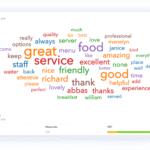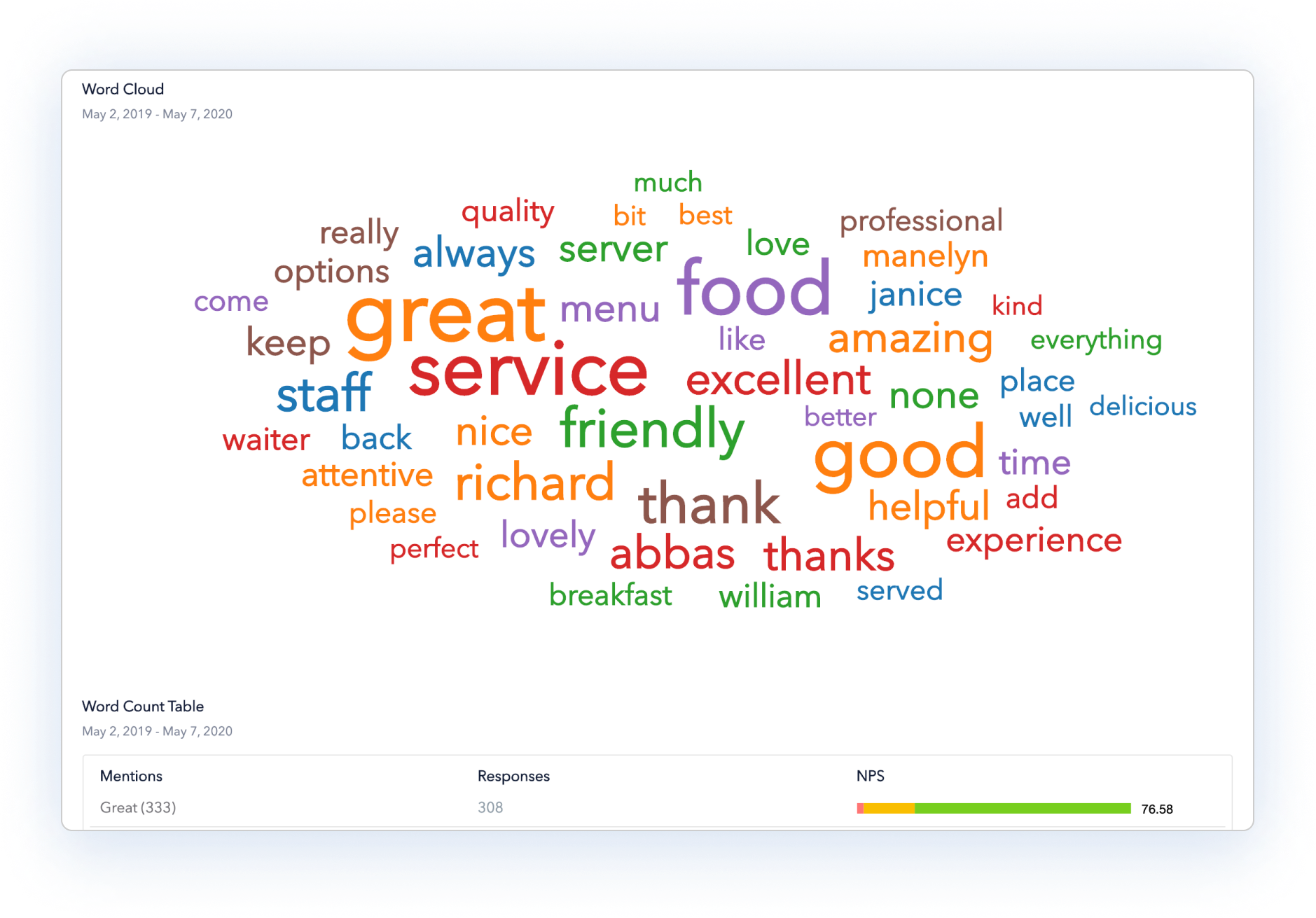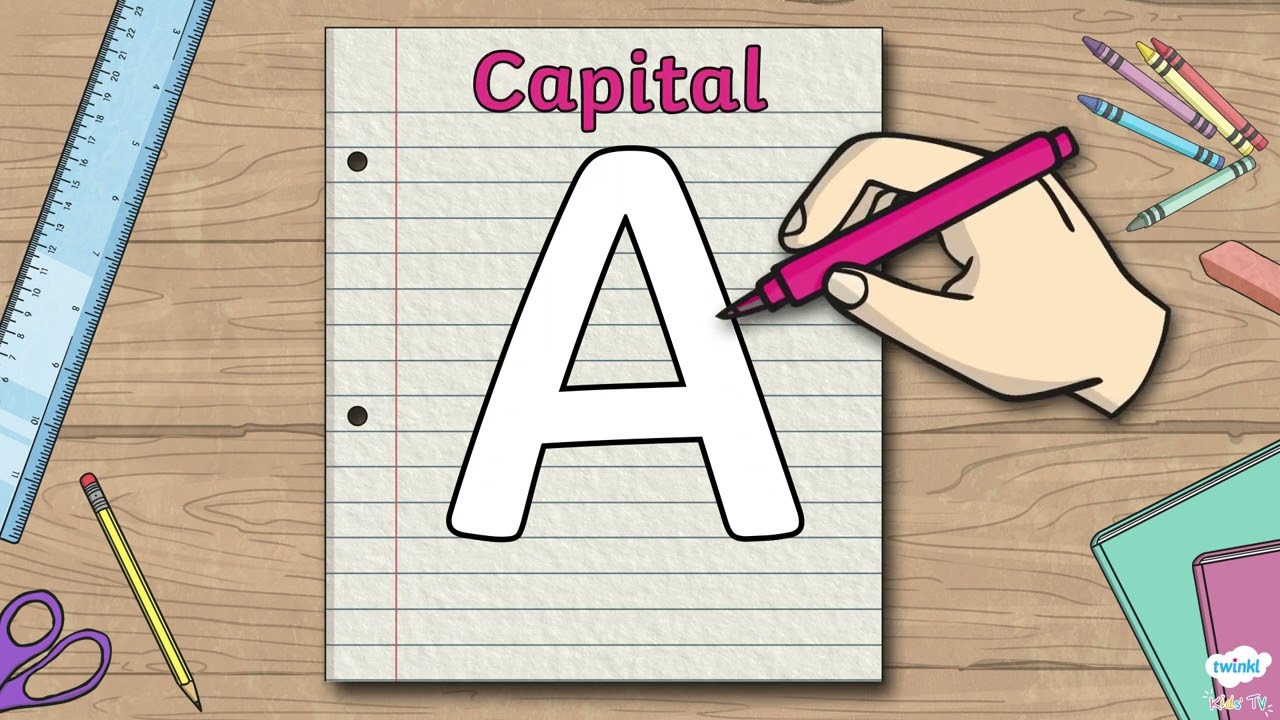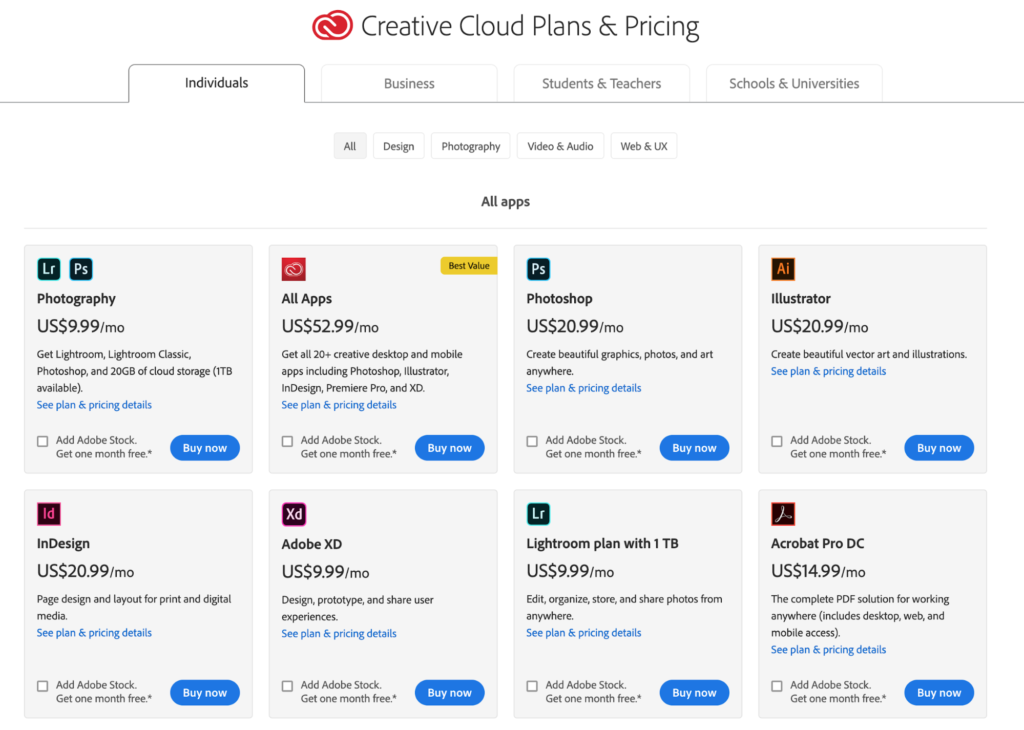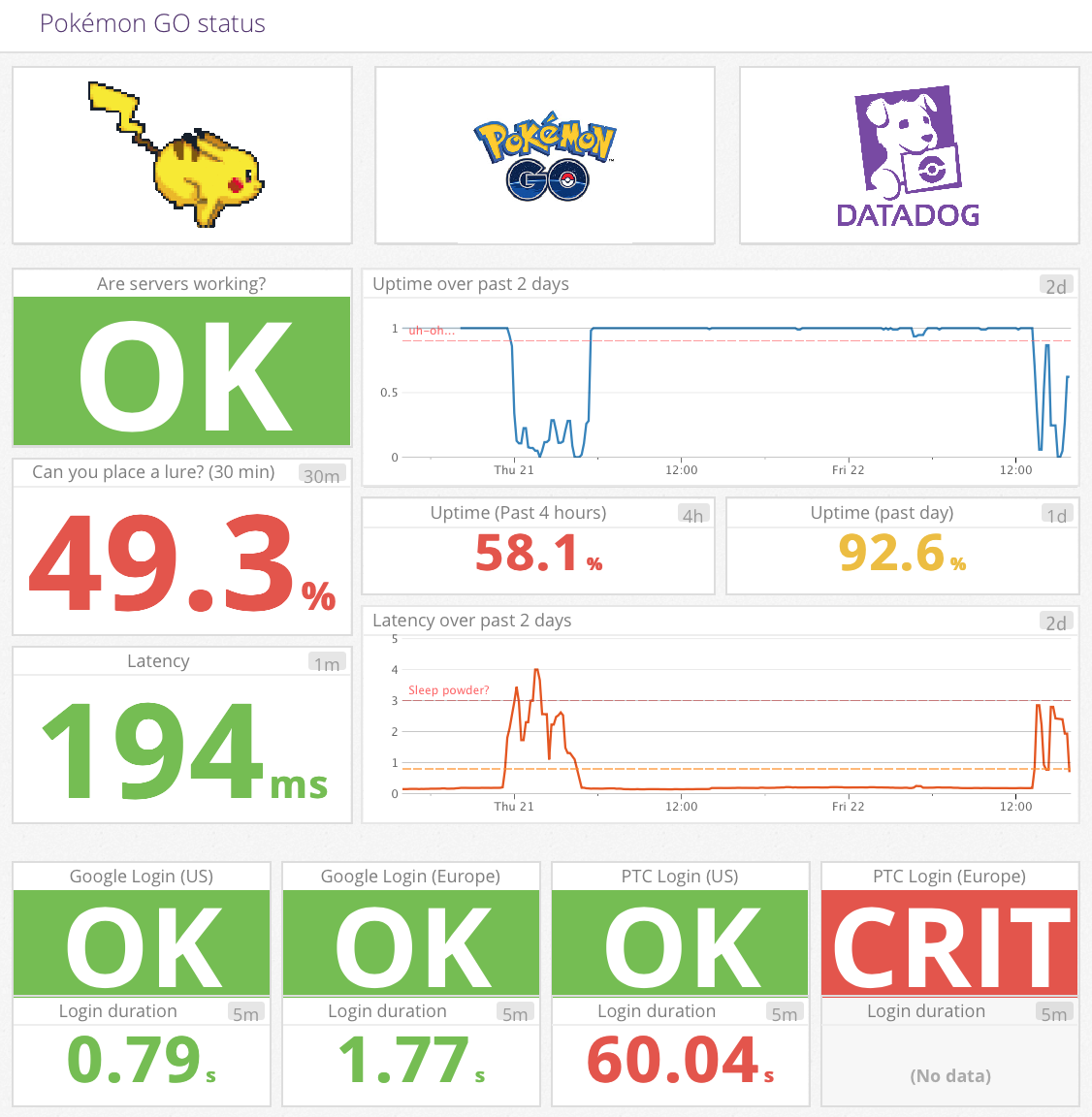In a world where data is king, the ability to analyze text efficiently and effectively has never been more crucial. Text analysis tools are the powerful aides that help businesses and researchers unlock the potential of unstructured data, providing insights that drive strategic decisions. More than just a trend, these tools are becoming indispensable for those looking to stay ahead in the rapidly evolving landscape of data analytics.
With the significance of text analysis tools for effective data insights becoming increasingly apparent, 2025 promises to be a pivotal year for organizations aiming to harness the full potential of their data. Let’s delve into the different facets of text analysis tools and explore why they are essential for your business’s future success.
What is text analysis and why is it important?
Text analysis, also known as text mining, involves the process of extracting meaningful information from text. It uses machine learning, artificial intelligence (AI), and natural language processing (NLP) to analyze data from various text sources like emails, social media, and online reviews. The importance of text analysis lies in its ability to manage and make sense of the vast amounts of unstructured data that organizations collect daily.
Today, businesses encounter an overwhelming amount of textual data that can provide valuable insights into customer behavior, market trends, and operational efficiencies. Text analysis tools enable companies to extract these insights quickly and accurately, which would be impossible to do manually on such a large scale.
By leveraging text analysis tools, organizations can perform sentiment analysis, detect emerging trends, monitor brand reputation, and gain a deeper understanding of their customer base. The ability to analyze text is not just about processing data; it’s about turning raw information into actionable intelligence that can impact a company’s bottom line.
As we look towards 2025, text analysis will become even more critical as the volume of data continues to grow exponentially. Businesses that embrace these tools will be better equipped to navigate the complexities of big data and maintain a competitive edge in their respective markets.
How do text analysis tools work?
Text analysis tools operate by employing algorithms and statistical methods to process and analyze textual content. These tools typically follow a series of steps, starting with the collection and pre-processing of data, where text is cleaned and normalized. Following this, the analysis phase involves pattern recognition, topic modeling, and sentiment analysis, among other techniques, to extract insights.
Using NLP, these tools can understand language nuances, identify themes, and classify content. They can discern context, detect emotions, and even predict future trends based on the data they analyze. AI and machine learning further enhance these capabilities, enabling tools to learn from new data and improve over time.
The output from text analysis tools often comes in the form of visualizations like graphs and charts, or as summarized reports that highlight key findings. This data visualization helps businesses to quickly comprehend complex information and make informed decisions.

What are the best text analysis tools available?
Several text analysis tools stand out for their robust functionality and ease of use. Zonka Feedback is renowned for its customer feedback analysis capability, while Voyant is a popular choice for those in academia due to its user-friendly interface. NVivo offers comprehensive qualitative data analysis, making it a favorite among researchers.
For those who prefer open-source solutions, R/RStudio provides a flexible environment for statistical computing and graphics, favored by statisticians and data miners. In the realm of AI-driven text analysis, Lexos is gaining traction for its ability to handle large volumes of text data efficiently.
When selecting a text analysis tool, it’s important to consider your specific needs and the type of textual data you’re dealing with. For instance, some tools might be better suited for social media analysis, while others are designed for academic research or customer feedback analysis.
How to choose the right text analysis tool for your business?
Choosing the right text analysis tool for your business is a critical decision. It should align with your company’s goals, data types, and the level of complexity required for your text analysis tasks. Start by identifying the specific insights you aim to gain from your text data and then assess the features and capabilities of various tools against these requirements.
Budget constraints and user-friendliness are also necessary considerations. While some advanced tools may offer a wide range of features, they may also come with a steep learning curve and a hefty price tag. On the other hand, there are free or low-cost options available that, while potentially less powerful, might be perfectly adequate for smaller businesses or those just starting with text analysis.
Furthermore, consider the scalability and integration capabilities of the tool. As your business grows, you’ll want a tool that can handle an increasing amount of data and integrate seamlessly with your existing systems.
What are the key features of effective text analysis tools?
Effective text analysis tools should possess a range of features that facilitate comprehensive data analysis. These include:
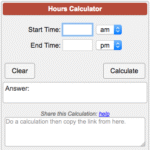 Hours calculator – How many hours between times?
Hours calculator – How many hours between times?- NLP capabilities for understanding context and sentiment within the text.
- Machine learning algorithms that adapt and improve over time.
- Data visualization tools for presenting findings in a clear and actionable format.
- Scalability to grow with your data needs.
- Integration options to work in tandem with other business systems.
Additionally, the tool should be user-friendly, providing an intuitive interface that allows users to perform complex analyses without extensive technical knowledge. A strong support system, including customer service and an active user community, can also be invaluable, particularly when encountering challenges or learning how to use the tool effectively.
Are there free text analysis tools available online?
Yes, there are free text analysis tools available online that offer a variety of functions suitable for different purposes. Tools like Textalyser offer basic text analysis capabilities that can be a great starting point for those new to the field. Other online platforms provide more advanced features, such as Voyant, which is favored in academic circles for its ability to analyze and visualize large text corpora.

While these free tools may have limitations in terms of features and scalability compared to their paid counterparts, they can be an excellent way for individuals and small businesses to begin exploring the power of text analysis without incurring costs.
What are the latest trends in text analysis for 2025?
As we approach 2025, several trends in text analysis are emerging that are poised to shape the landscape of data analytics. The integration of AI and NLP is becoming more sophisticated, enabling tools to provide deeper and more nuanced insights. There’s also a growing emphasis on real-time analysis, allowing businesses to respond swiftly to emerging trends and customer feedback.
Another significant trend is the democratization of text analysis, with tools becoming more user-friendly and accessible to a broader audience. This means that a wider range of professionals, regardless of technical expertise, will be able to leverage text analysis to inform their work.
Pushing the boundaries even further, we are beginning to see the rise of conversational interfaces and natural language queries, where users can interact with text analysis tools using everyday language. This development will make it even easier for individuals to derive insights from complex data.
Text Analysis Tools for Strategic Business Insights and Decision-Making
What is a text analysis tool?
A text analysis tool is a software application that utilizes various algorithms and technologies to extract meaningful information from unstructured text data. These tools can analyze content from diverse sources and turn it into actionable insights for businesses, researchers, and academics.
Essentially, text analysis tools help in uncovering patterns, sentiments, and trends within large volumes of text, enabling users to understand customer preferences, market dynamics, and other critical aspects of their operations.
Can ChatGPT do text analysis?
ChatGPT, as an AI language model, has the capability to perform certain types of text analysis. It can understand and generate human-like text, allowing it to carry out tasks like summarization, translation, and sentiment analysis. However, ChatGPT’s abilities are part of a broader array of functions that encompass conversational AI, rather than being a specialized text analysis tool.
For more targeted and advanced text analysis needs, dedicated tools with specific functionalities may be more suitable. These tools can offer deeper insights and are often better equipped to handle large datasets.

What are the four types of text analysis?
The four main types of text analysis are:
- Content analysis: Examines the presence and frequency of words or concepts within text data.
- Sentiment analysis: Identifies and categorizes opinions expressed in text to determine attitudes towards a particular topic.
- Thematic analysis: Discerns patterns of meaning across a dataset to identify prevalent themes or topics.
- Discourse analysis: Studies the way language is used within a text to understand social and cultural context.
Each type of analysis provides unique insights, and depending on the objectives, one may be more appropriate than the others.
What is the AI tool for analyzing text?
AI tools for analyzing text are software applications that use artificial intelligence, especially machine learning and natural language processing, to analyze written content. These tools can include features like sentiment analysis, topic detection, entity recognition, and more.
Examples of such tools are IBM Watson, Google Cloud Natural Language, and Microsoft Azure Text Analytics. These platforms leverage AI to provide comprehensive text analysis capabilities that can transform unstructured data into strategic intelligence.
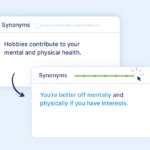 AI rewording tool – 100% free online reword generator
AI rewording tool – 100% free online reword generatorAs technology advances, AI-powered text analysis tools are becoming increasingly essential for businesses looking to gain a competitive edge through data-driven insights.



